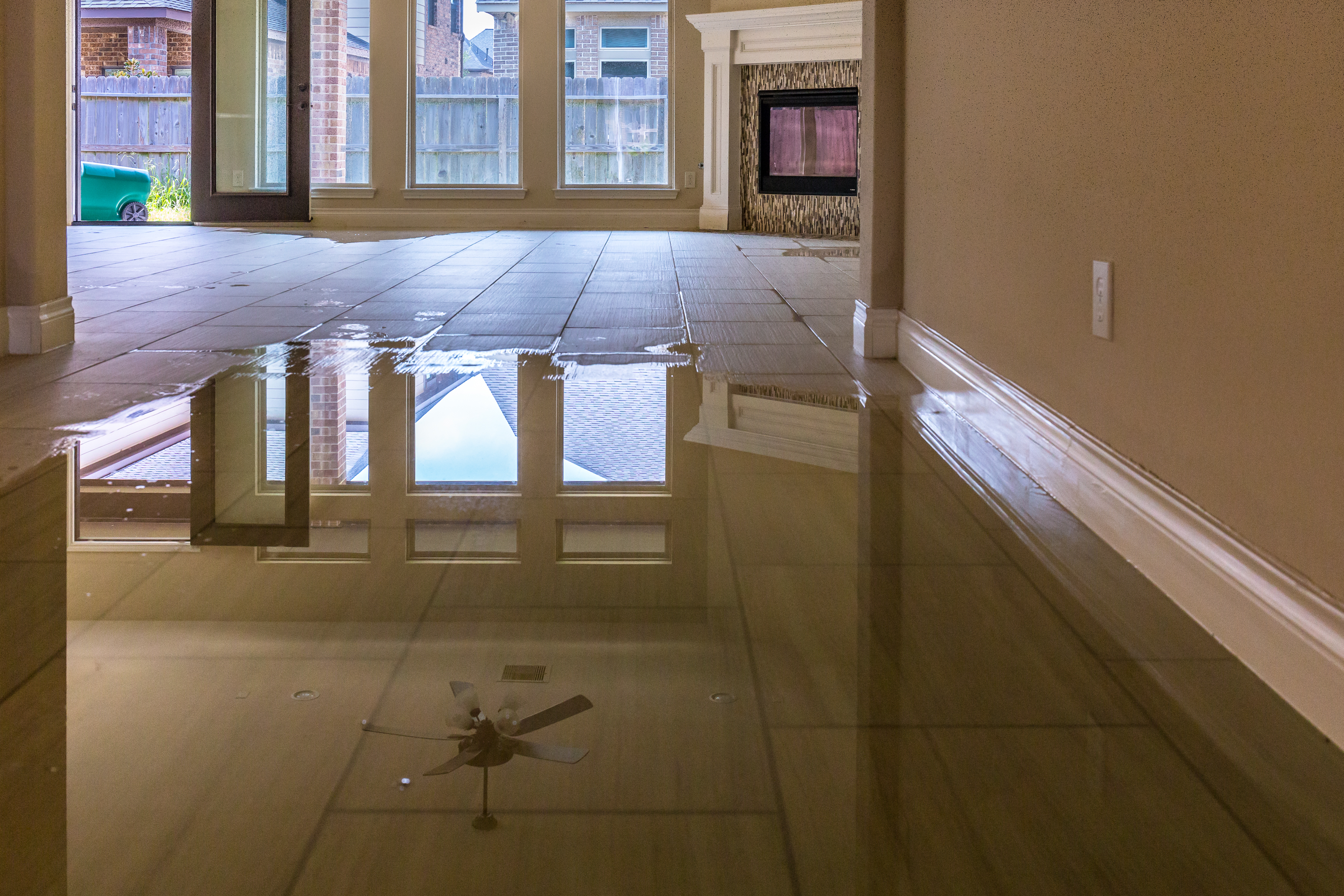How do you actually feel with regards to Preventing Water Damage in the Bathroom?

The restroom is exceptionally susceptible for wet accumulation as well as potential water damage as a result of the regular use of water in it. This write-up provides straightforward inspection methods to aid detecting water damage risks.
The regular use water in the bathroom makes it incredibly prone for wet build-up and also potential water damages. By inspecting it frequently, you can minimize water related damages.
The complying with collection of inspections is simple to execute and need to be done when in every 3 months in order to keep your restroom healthy and to avoid possible water damages triggered by the bath tub, the shower, pipe joints as well as plumbing, sinks, closets, and the bathroom
Do not forget performing these assessments and also be comprehensive while doing them. Remember that these simple evaluations can conserve you a great deal of money by offering very early signs for water damage
Sinks and Cabinets
Sinks as well as closets are revealed to moisture as well as moisture day-to-day and also are frequently neglected. Check on a regular basis under the sink and also on the kitchen counter over it. Fix any kind of drip in the catch as it might recommend drainpipe troubles. Check out the sink, slow-moving draining pipelines might show an obstructed drainpipe. Change sink seals if they are split or loosened.
Tub as well as Shower
The shower as well as tub need special attention and maintenance. Examine the floor tiles and also change if split. Make certain that there is no missing grout between the tiles. Inspect and also change split caulking at joints where the wall surfaces satisfy the floor or the bathtub. Obstructed drains and pipes troubles will certainly stop the tub from drying and might show severe issues beneath the bathtub. Seek advice from a specialist right away to prevent architectural damages. Focus on discolorations or soft locations around the bath tub walls as they may show an interior leak.
Plumbing
Signs for water damages are difficult to detect considering that many pipelines are set up inside the wall surfaces.
Pay unique interest to flooring as well as walls wetness and discolorations as they may show an unnoticeable plumbing trouble. Inspect dampness levels in adjacent spaces too.
The Bathroom
The commode is a prone water joint. Inspect the water lines and look for leakages around the bathroom seat, in the tube, as well as under the water container. If you spot any kind of signs of dampness on the floor around the bathroom, look for leaks in the toilet edge and storage tank seals.
Realize that hanging bathroom dish deodorants boosts the chances for blockages.
Water Damage Signs In The Bathroom To Avoid Cleanup
Musty smell
This is one of the easiest signs to catch because musty smells are so odorous. The damp, earthy, moldy smell should be a big red flag. The smell will develop when moisture gets trapped in surfaces, and begins to facilitate mold growth. Leaking pipes under cabinets, inside walls, and behind shower fixtures will cause moisture to stay trapped and not dry, which will lead to mold growth and spread. As soon as you notice any musty smells in your bathroom, have it checked for hidden water damage and cleanup signs.
Visible mold
If the smell isn’t there to give it away, sometimes you will actually see mold growth. Finding mold in your bathroom is a serious problem, because mold is very harmful to your health. By the time mold growth is visible, it also means that water damage has already occurred and been present for some time. The only way the mold problem can be resolved is to find the source of the moisture and get it stopped. To safely and adequately remove mold, you need to have professionals handle the remediation. Do not waste any time in getting mold problems addressed, fixed, and sanitized so that you can protect you and your family from the many respiratory symptoms caused by mold exposure.
Damaged floors
Bathroom floors should be able to withstand some exposure to water while still remaining in good condition. However, when excess exposure or water leaks occur, they will begin to damage even the most water-resistant flooring. If you notice any cracking, bubbling, staining, or warping on your bathroom floors, there is probably a water leak somewhere causing the distortion. If you notice areas of the floor have become softer, or even have a spongy feeling, there is probably damage to the subfloor. Subflooring is typically made up of plywood. When plywood is exposed to water or moisture, it will absorb it. Once it has become saturated, the weight of the excess water will cause the wood to swell and soften. Check the floors in your bathroom frequently to catch any of these sings before they lead to damaged subflooring.
Changes on walls
When water leaks behind walls, it will cause changes in the drywall. Peeling plaster, blistering paint, and soggy wallpaper are all good indicators that excess water is building up behind the wall. Water leaking behind drywall will cause it to swell and be soft to the tough. If you start to notice gaps along the trim of your walls, or where tile meets the wall, it could also be a strong indicator that there is a leak behind the wall. Any changes, distortion, or damage on the walls should be evaluated as soon as you notice it to prevent further water damage and cleanup.

I have been very fascinated with How to Fix a Water Damage Bathroom and I am assuming you enjoyed reading the new post. Are you aware of somebody who is inquisitive about the subject? Please feel free to promote it. I value reading our article about How to Repair and Prevent Bathroom Water Damage.
Estimate Free